How to Protect Your Data from a Ransomware Attack
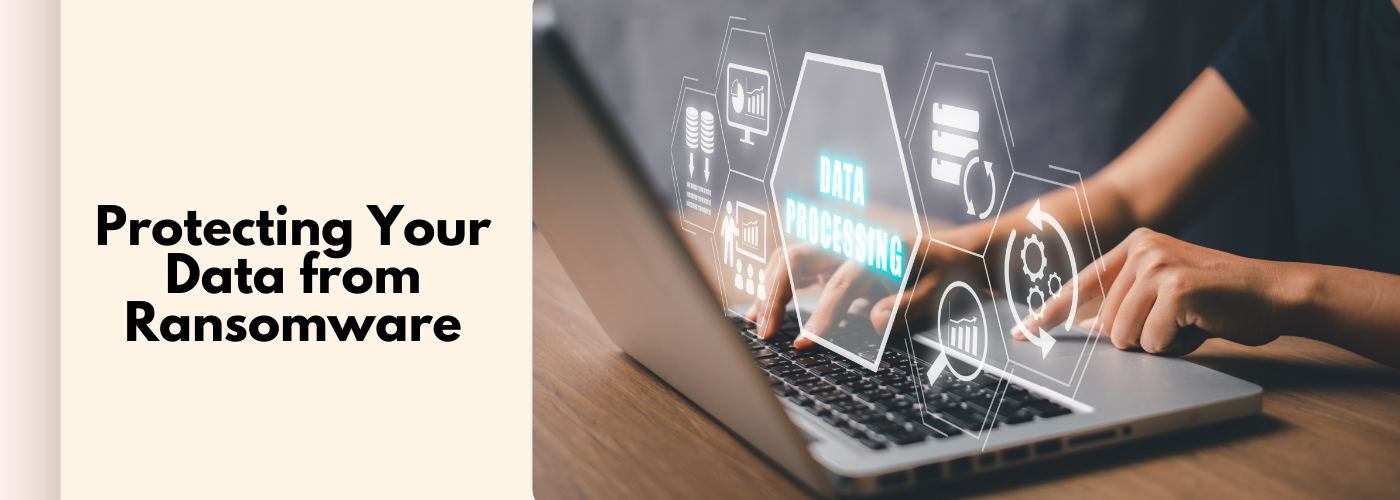
What is a Ransomware attack?
It can be defined as a malware attack that is carried out deliberately to encrypt your data and/or the whole system. In most cases, a ransom is demanded by the assailant to decrypt your data, so that you can access it again. Lately, there has been a surge in the demand for cryptocurrency as a form of payment since it is less traceable. The amount of ransom demanded can be small or large, depending on the importance of the data as well as the financial status of the victim.
How to build an effective Ransomware Data Recovery Strategy?
1) Protection of backups—Your backups are useful only if they are safe as well as accessible. It must be ensured that the backups created are as protected as your data so that data can be recovered quickly and safely.
2) Formulate your recovery plan—An efficient and effective ransomware data recovery plan for all assets and data must be formulated, with special emphasis on the mission-critical ones. Even if there is an attack, a master backup or image must be present to restore and/or rebuild all the data.
3) Create offsite copies of your data—Anyone who is dealing with data must store a copy of it either offsite, online, or in fact, both. It is an integral step in data protection as it safeguards your data even if your on-site backups are under attack. While you are storing these copies, remember to secure the data just as you would for the primary copy.
4) Categorize your data—Start by building an inventory of your data. This step is done to determine how your data should be categorized and stored. These categories might be: regulated, proprietary, critical, or valuable. Once the inventory is set up, how data needs to be protected can be finalized. Plus, data backup can also be initiated.
5) Identify the endpoints—You must be aware of all the data endpoints to identify where these ransomware infections might come from. Categorization of these endpoints can also be done to determine high-value endpoints so that they can be protected.
How can an attack be prevented?
A) Do not click on unsafe links: Most browsers display a warning if you try to open an unsafe link. Do not go forward unless and until you are sure that the given website/link is safe. In most cases, an automatic download may be initiated when you open the link, which could potentially lead to a ransomware infection.
B) Do not disclose personal information: It should be noted that personal information should never be disclosed in a text, e-mail message, or voice call from an untrusted source. Usually, these ransomware attackers try to collect personal information in advance, so that they can design customized phishing messages specifically for you.
C) Suspicious email attachments should not be opened: E-mail attachments are one of the most common forms of a Ransomware attack. You should avoid opening e-mail attachments from unknown sources. To check whether the e-mail is trustworthy, verify the sender and their e-mail address. Do not open files that prompt you to run macros to view them, because an infectious file will run a malicious macro that will give the control of your data and/or system to the attacker.
D) Don’t insert unknown USB sticks into your system: USB sticks/Hard disks/CDs from unknown sources may contain ransomware.
E) Always keep your programs and operating system up to date: Regular updates can be very useful in protecting your operating system from malware, as it contains the latest security patches.
F) Download files only from reliable sources: Never use unknown sites to download software or media files. Many people, especially youngsters tend to download free but plagiarized content from websites that often contain viruses and malware.
G) Always use a VPN if you are on a public Wi-Fi network: Public Wi-Fi should never be used for making sensitive transactions. If it is unavoidable, then remember to use a good-quality VPN service with it.
Switch to Azure Cloud & help your organization avoid any ransomware attack. Protect your progress without excessive storage costs & pay only for what you use with Azure’s PAYG (Pay-as-you-go) model. To know more about Azure cloud solutions, contact us.
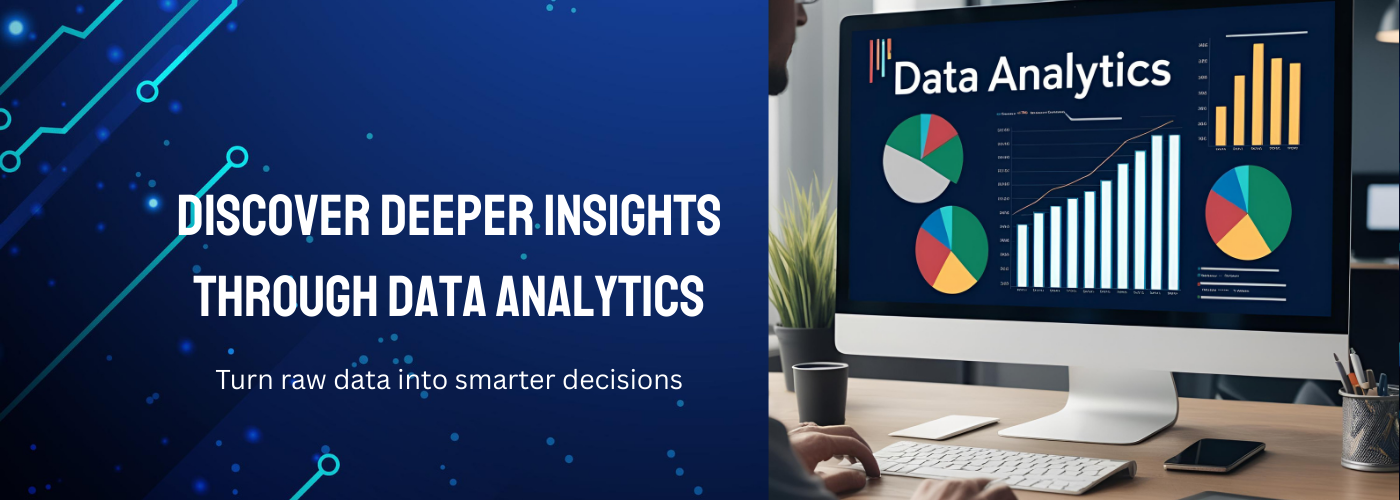

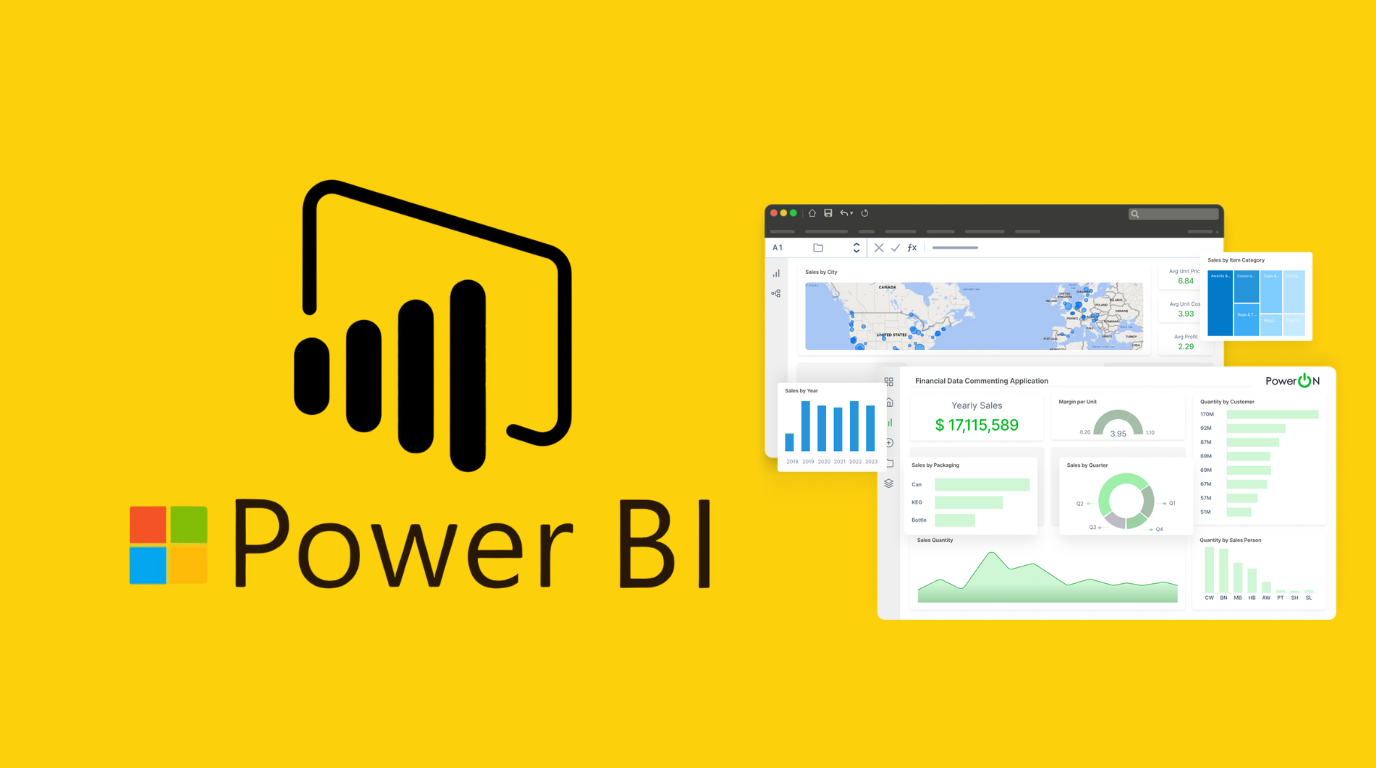
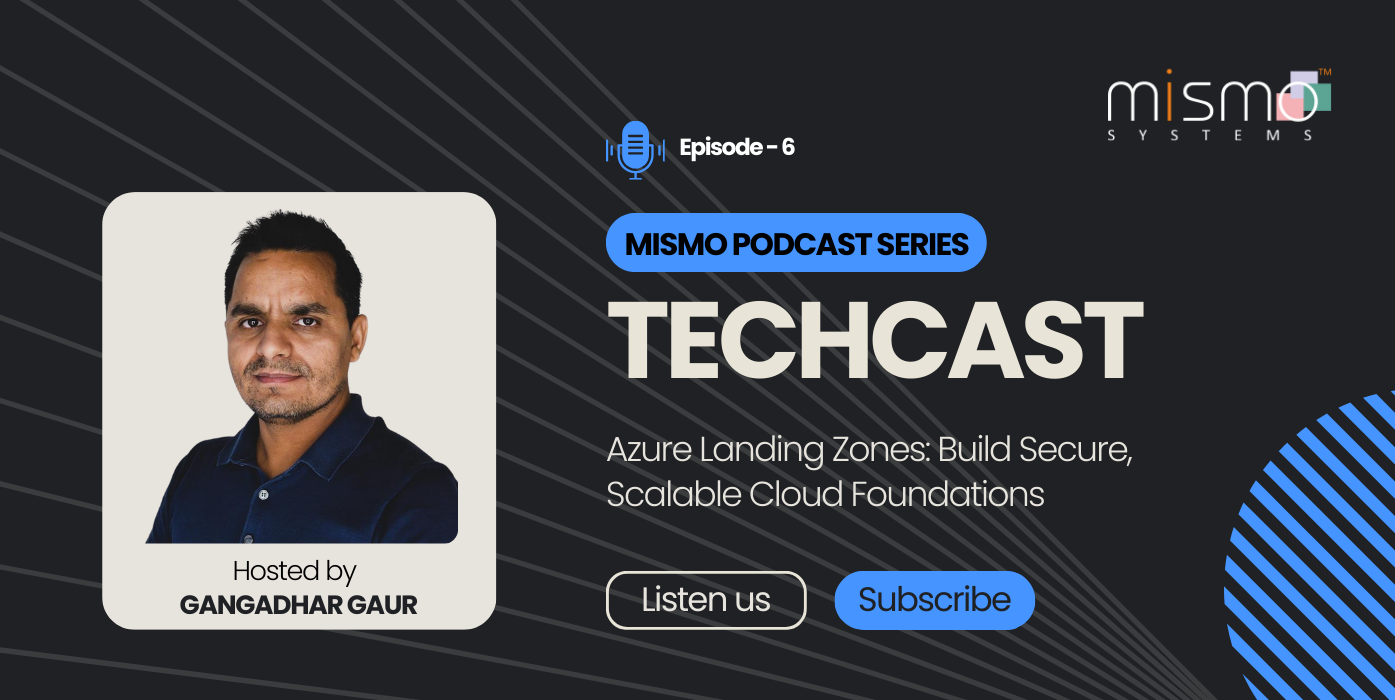

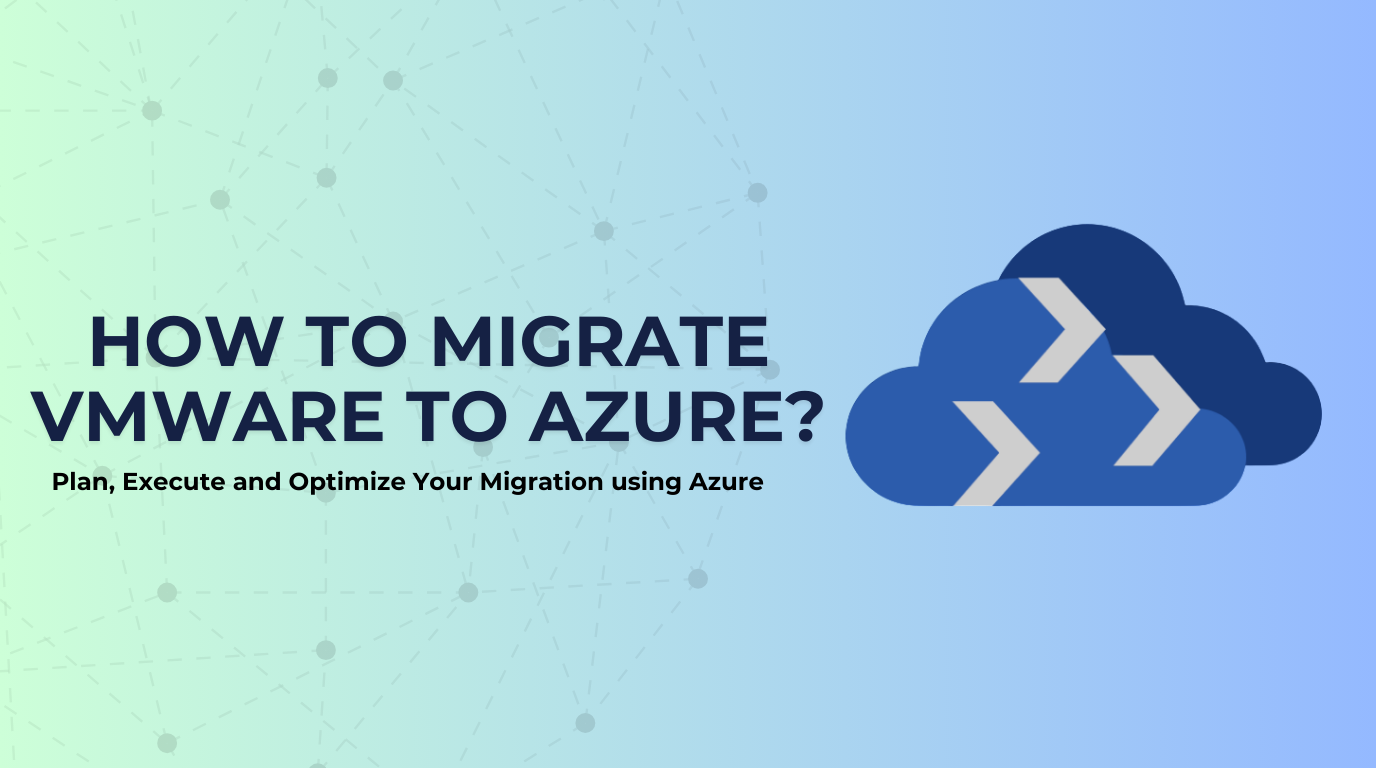
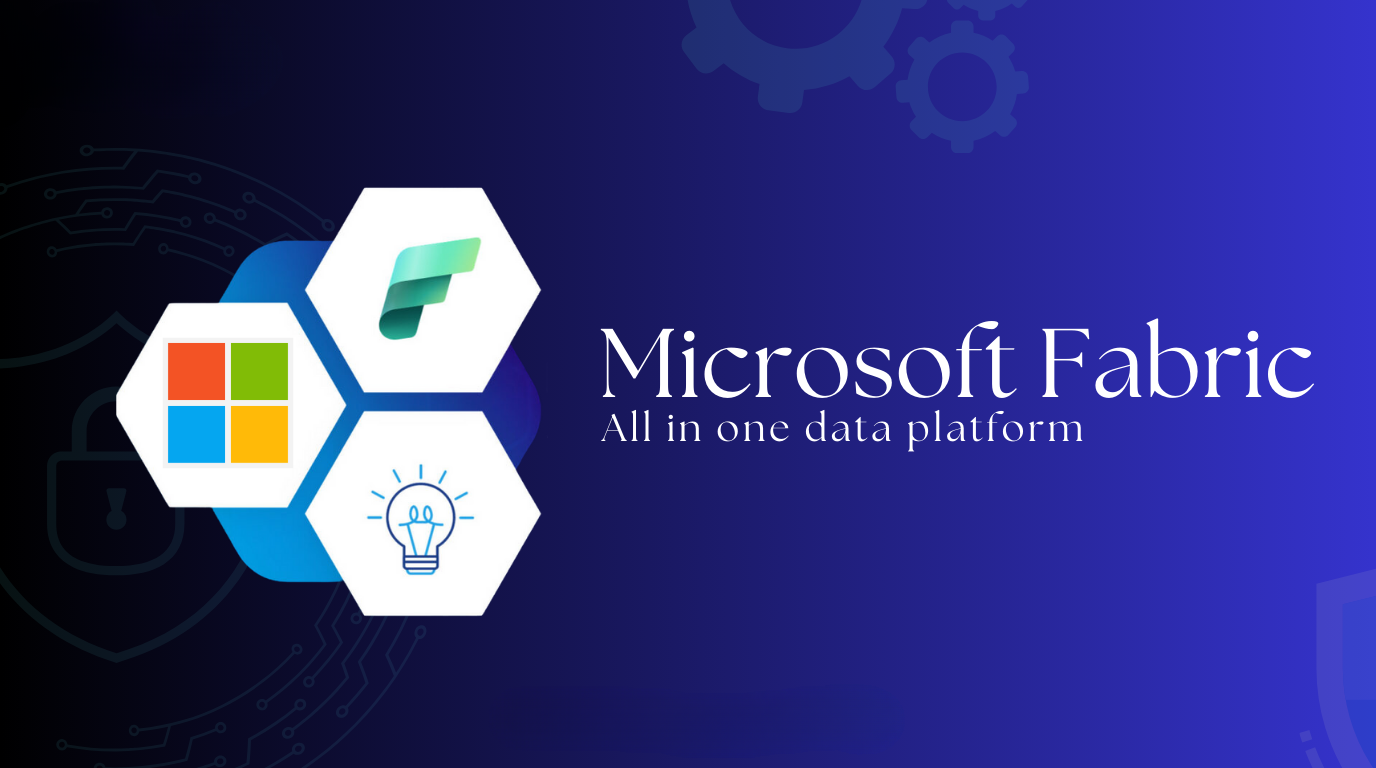
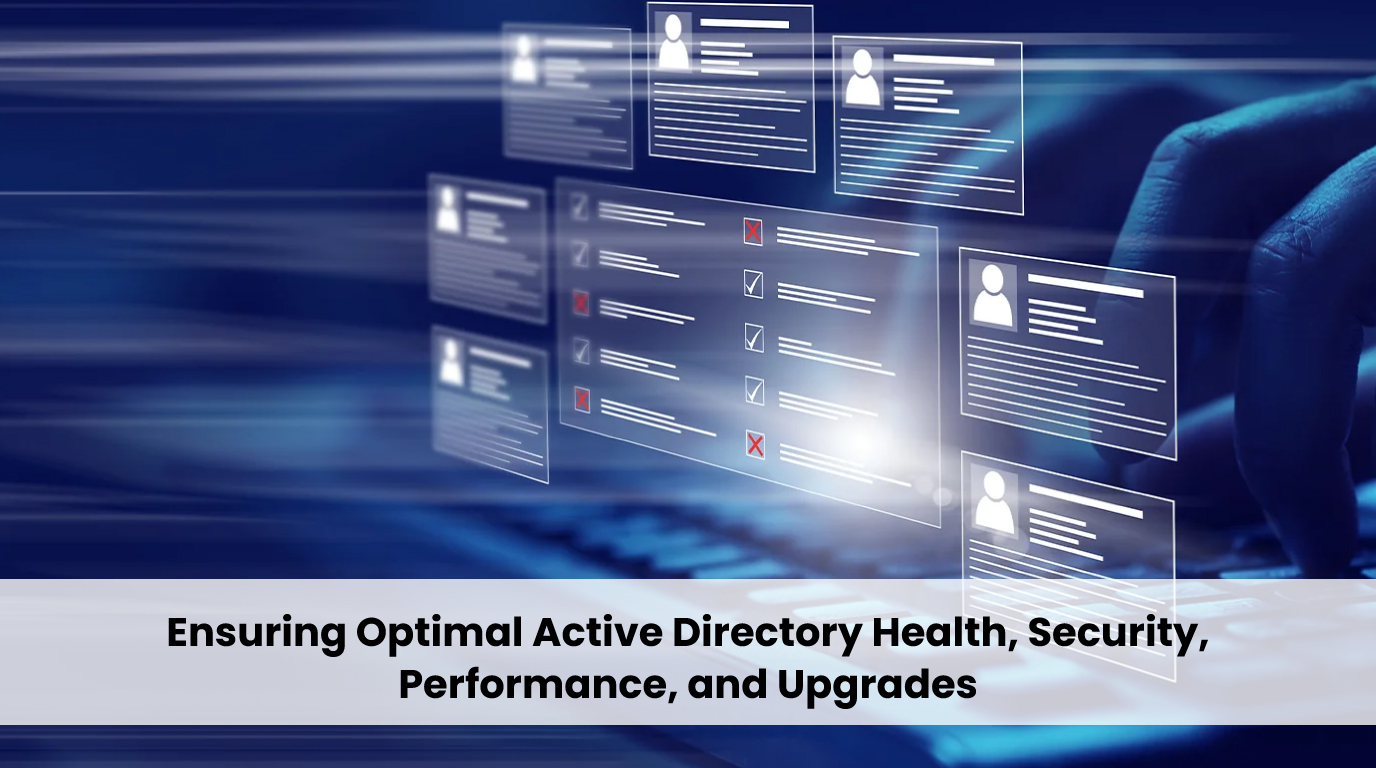

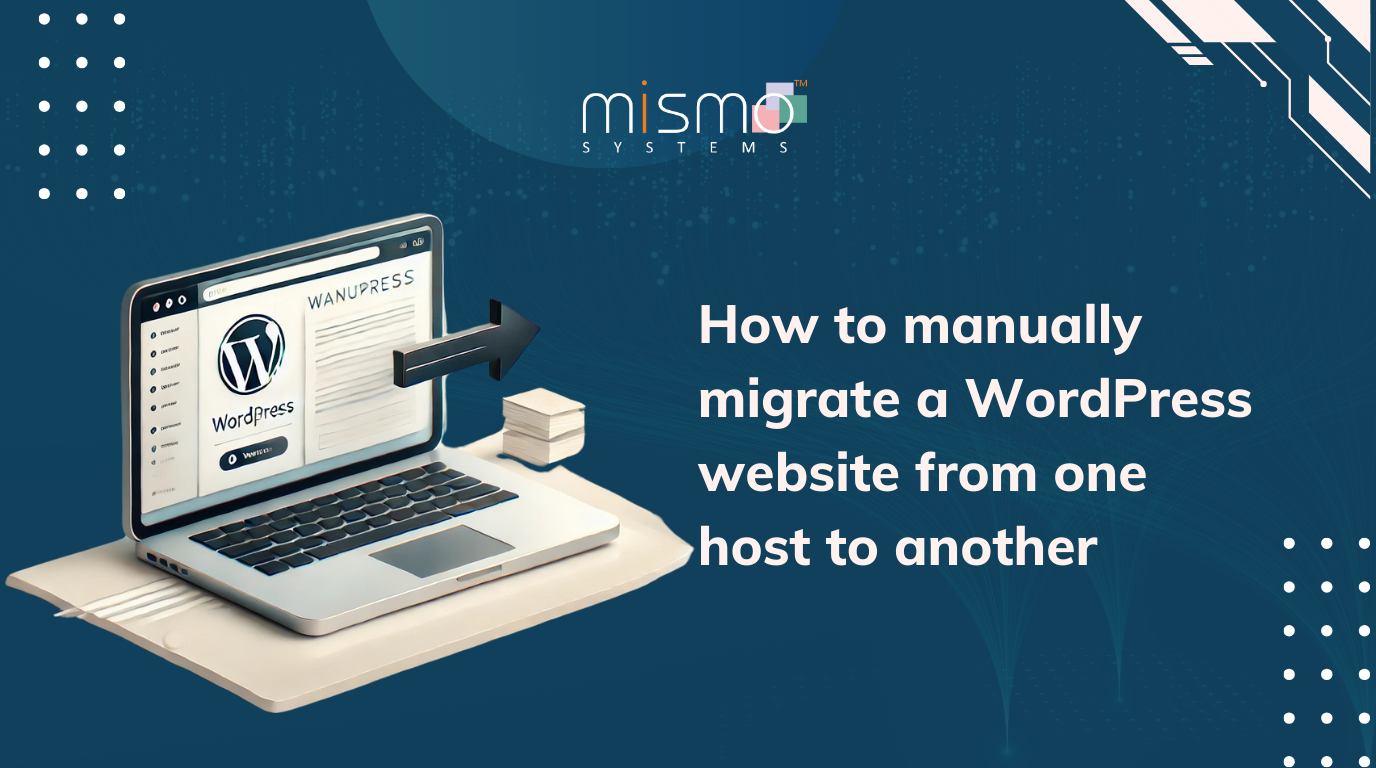















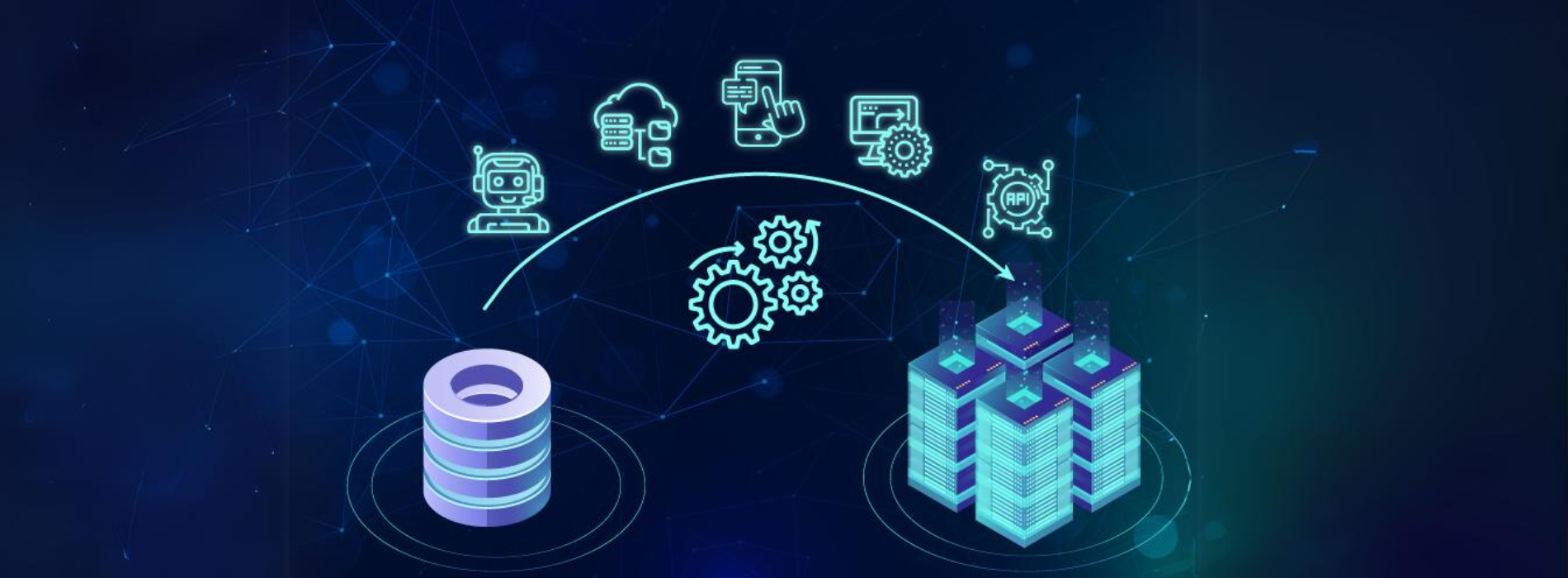






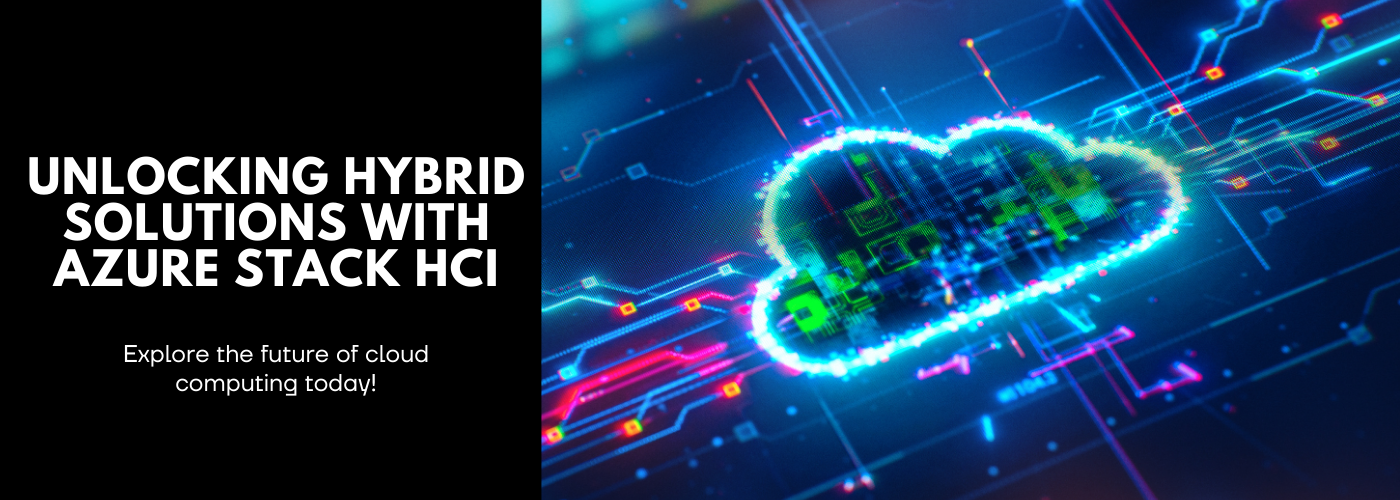






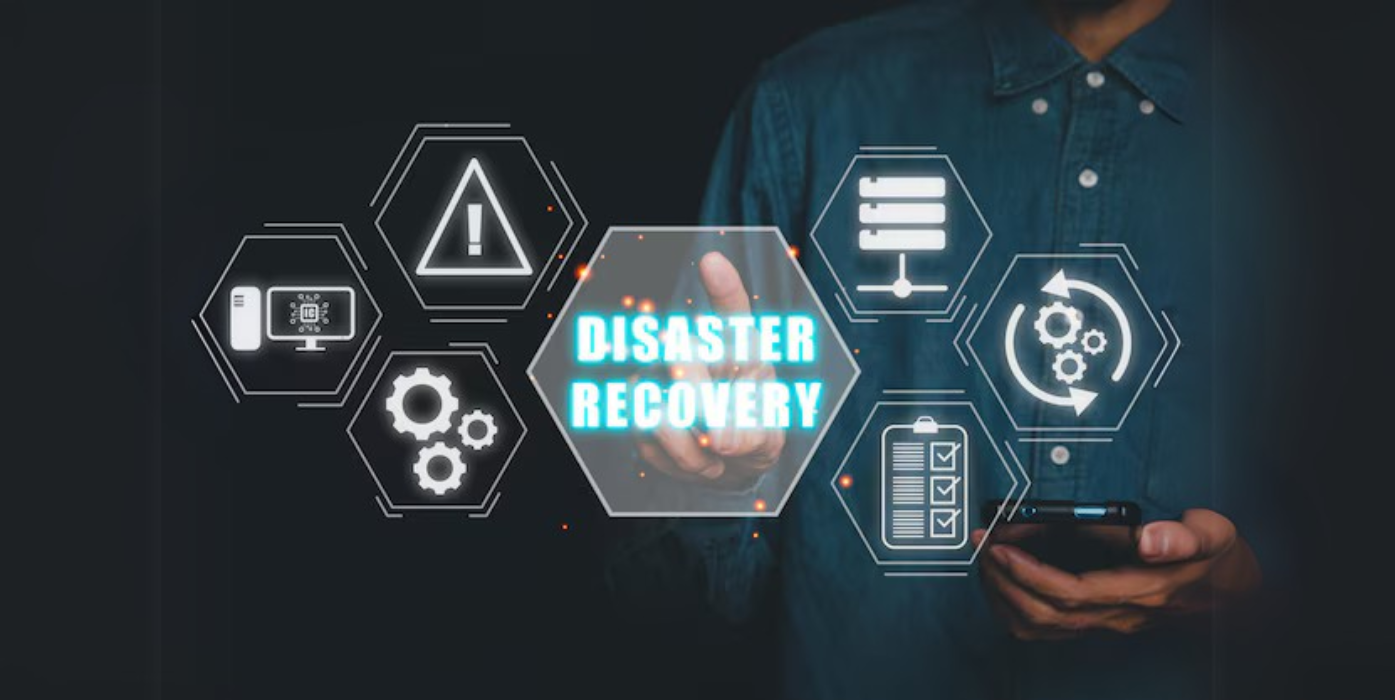

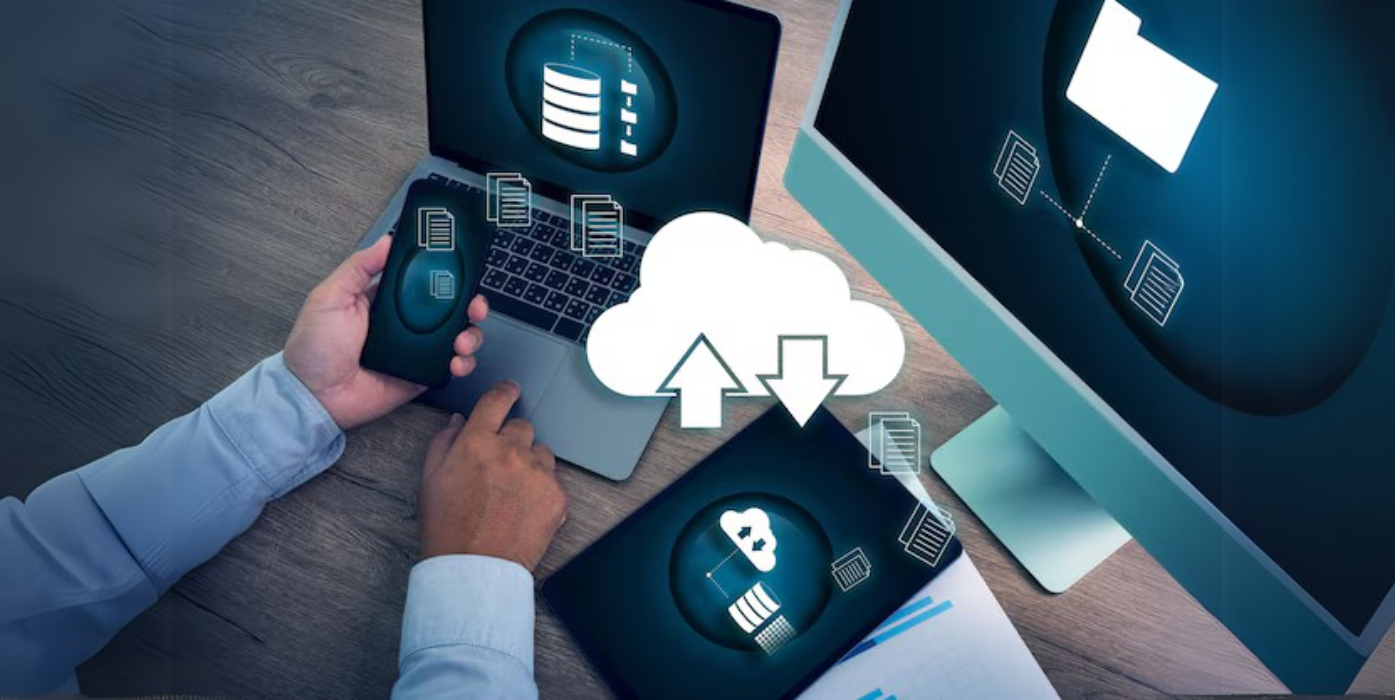
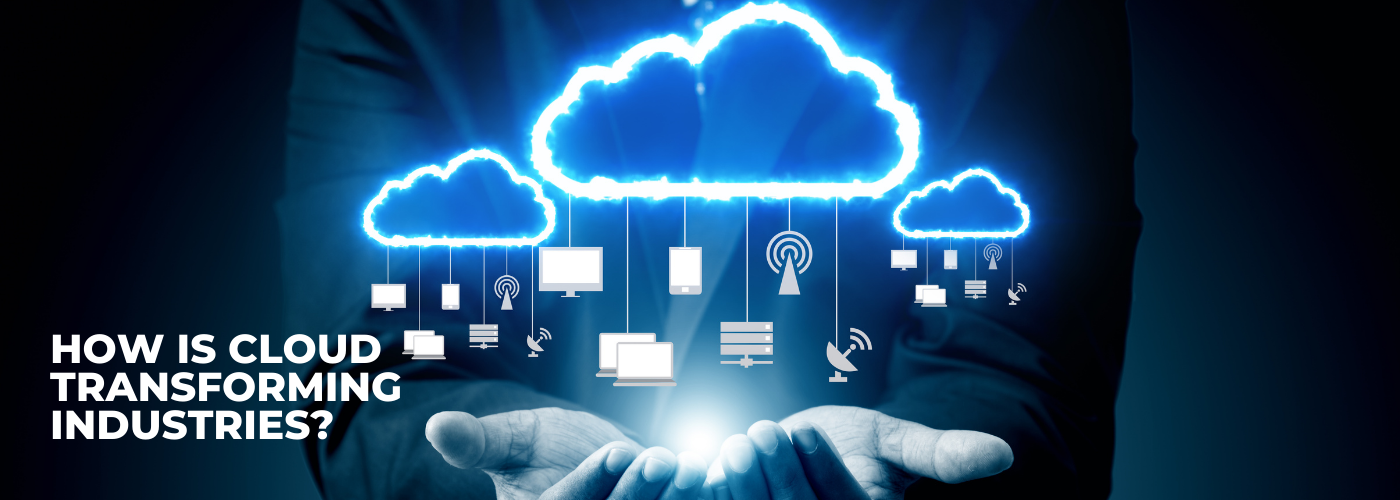



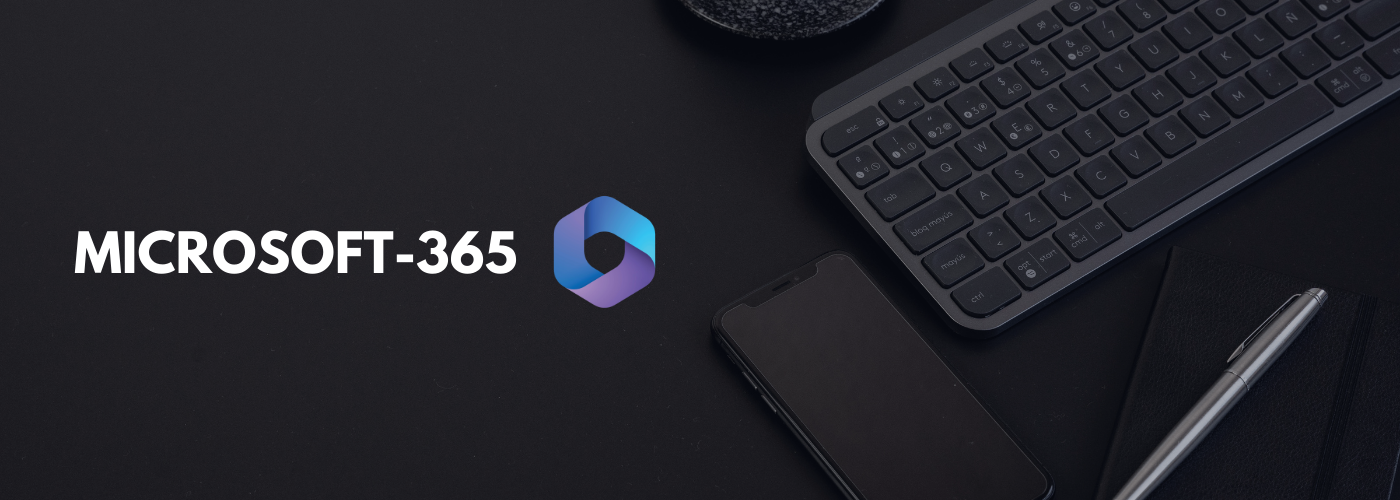




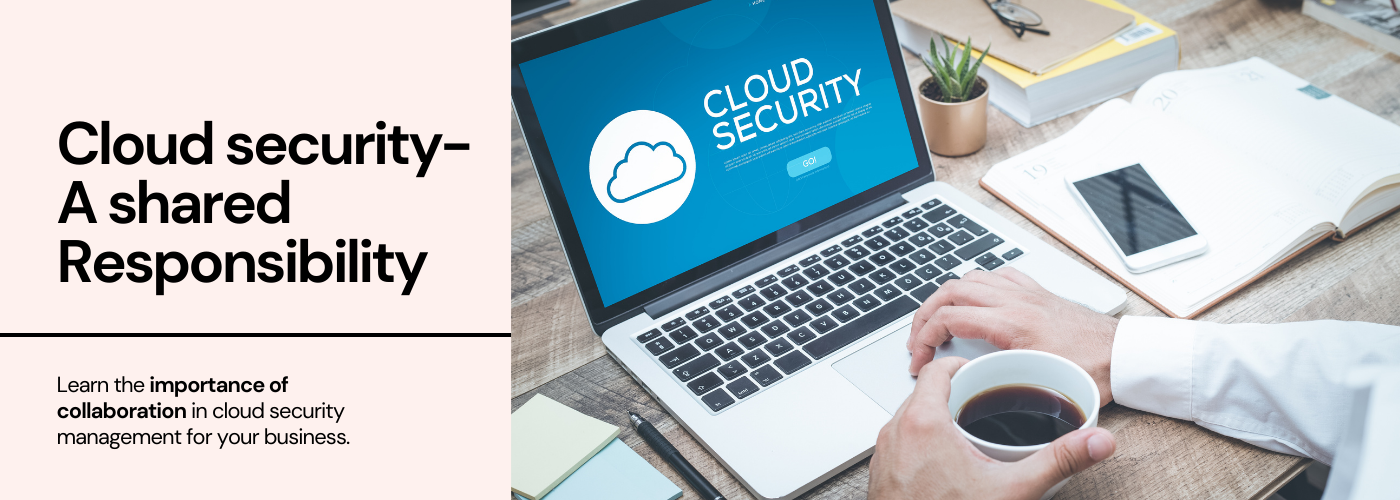




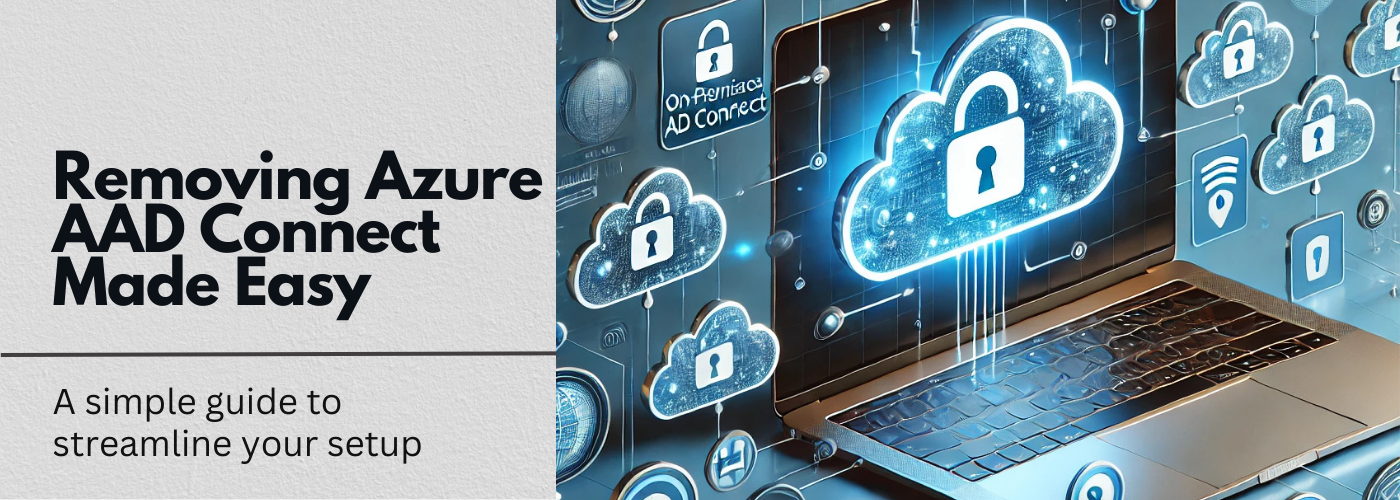
No Comments